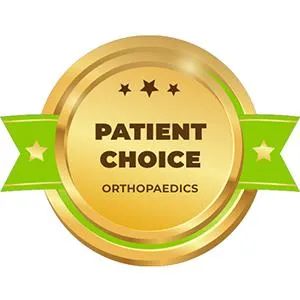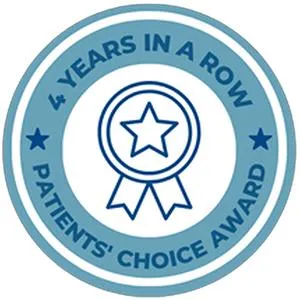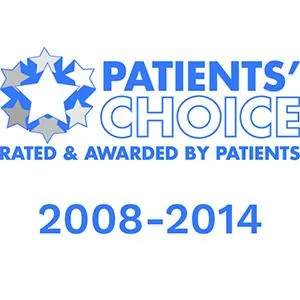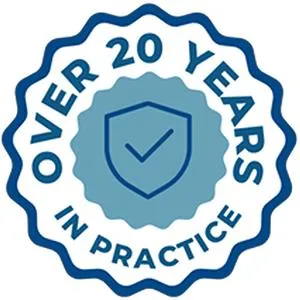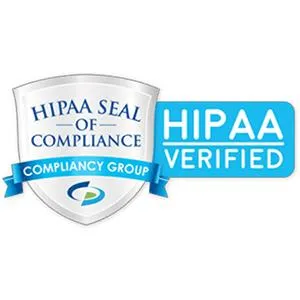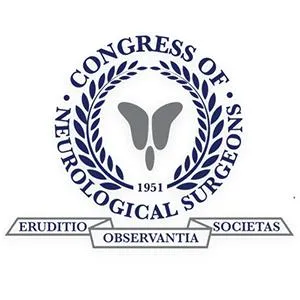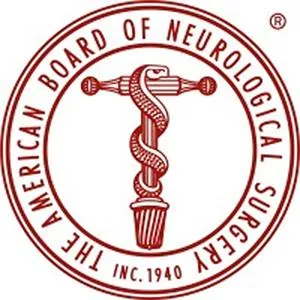Back Treatments
Non-Invasive Treatments
Relief first. Surgery only if you need it.
At Desert Spine and Pain, most patients get better without an operation. Our first line of care is a comprehensive suite of non-invasive treatments designed to calm pain, reduce inflammation, restore motion, and help you move with confidence again. Led by neurosurgeon Dr. David L. Greenwald, M.D., FAANS, FACS, we tailor your plan step-by-step—using the least invasive options first and escalating only when it helps you heal faster and safer. You’ll leave every visit with a clear plan, realistic timelines, and a team that explains everything in plain language.

Over 100 5-Star Reviews!

Non Invasive Neck & Back Treatments
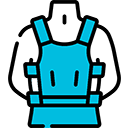
Neck & Back Bracing

Chiropractic Care
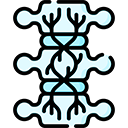
Diagnostic Nerve Testing
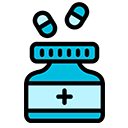
Medications
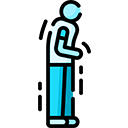
Physical Therapy

Platelet-Rich Plasma Therapy

Stem Cell Treatments
When Non-Invasive Spine Care Makes Sense
Non-invasive treatments are ideal for most spine conditions, including:
Mechanical back and neck pain from everyday wear and tear
Early arthritis/facet disease, degenerative disc disease, and spinal stenosis
Herniated disc with mild to moderate symptoms
Radiculopathy (“pinched nerve”) without dangerous weakness
Strains, sprains, and sports-related injuries
If you ever develop red-flag symptoms—new bowel or bladder changes, rapidly worsening leg or arm weakness, or severe unrelenting pain—contact us immediately for expedited care.
How We Build Your Non-Invasive Plan
Pinpoint the pain source - We start with a careful history, focused exam, and, when appropriate, imaging. If needed, targeted testing (for example, EMG/NCV Diagnostic Nerve Testing) clarifies whether a specific nerve is involved.
Prioritize relief + function - Short-term strategies (medications, activity modifications, bracing when indicated) reduce pain so you can fully participate in Physical Therapy—the cornerstone of lasting recovery.
Reassess and iterate - We check progress every 4–6 weeks. If you’re improving, we will progress your program. If you hit a plateau, we’ll consider focused injections (see our Pain Management Injections) or—only when truly necessary—surgical options.
Core Non-Invasive Options (What to Expect)
Guided Physical Therapy (PT)
What it is: A customized program to reduce pain, restore mobility, and rebuild support muscles (core, hips, shoulder girdle).
How it works (simple): Move better, get stronger, hurt less.
How it works (science): Graded, tissue-specific loading desensitizes painful structures, improves blood flow, and normalizes motor control. Segmental stabilization reduces micro-instability that can trigger pain.
Timeline: 2–3 sessions/week for 6–8 weeks to start, then a transition to a home program.
Where to read more: Physical Therapy
Medications
What they do: Calm inflammation, relax spasms, and make rehabilitation comfortable.
Common categories:
NSAIDs (e.g., ibuprofen, naproxen) for inflammation
Short-course muscle relaxants for spasms
Targeted nerve-pain agents in select cases
Safety: We choose the fewest medicines for the shortest time, considering your other health conditions.
Details: Medications (NSAIDs, muscle relaxers)
Activity Modification & Ergonomics
What it is: Adjusting posture, lifting technique, workstation setup, sleep positions, and daily movement patterns.
Why it matters: Small changes create large reductions in tissue stress and flare-ups.
Timeline: Immediate benefits; reinforced during PT.
Bracing (When Helpful)
What it is: Short-term support for instability, acute sprains/strains, or certain fractures.
Goal: Reduce painful micromovements while tissues calm and strengthen.
Use window: Typically 2–8 weeks. We wean as soon as you’re stronger.
Learn more: Bracing
Chiropractic Care Referrals
When we use it: For patients who benefit from joint mobilization and soft-tissue techniques, integrated with PT and medical oversight.
Focus: Safety first—no high-velocity maneuvers if you have instability, severe stenosis, or red-flag findings.
Read: Chiropractic Care Referrals
EMG/NCV Diagnostic Nerve Testing
Purpose: Confirms whether symptoms are due to nerve root irritation or a peripheral nerve entrapment.
How it works (simple): Measures how well your nerves send signals to muscles.
How it works (science): Nerve conduction studies (NCV) assess the speed/strength of signals along nerves; EMG records electrical activity in muscles to localize denervation.
Learn more: EMG/NCV Diagnostic Nerve Testing
Biologic Adjuncts (Select Cases)
PRP (Platelet-Rich Plasma): Concentrated platelets release growth factors that may support tendon/ligament healing. Best evidence is around certain tendon disorders; we’re conservative about indications for the spine. See Platelet-Rich Plasma (PRP) Therapy.
Stem Cell Treatments: We approach this carefully and discuss evidence, regulatory status, and candidacy. See Stem Cell Treatments.
Where Non-Invasive Care Fits with Injections and Surgery
Many patients achieve lasting relief with PT, medications, and ergonomics alone. If progress stalls, we may add interventional steps:
Epidural Steroid Injections to calm inflamed nerve roots
Facet joint injections / Medial branch blocks for arthritic joint pain
Radiofrequency ablation (RFA) for longer-lasting facet pain relief
Surgery is considered only if pain remains disabling, neurological deficits are progressing, or structural issues (like severe stenosis) demand decompression. If that day comes, you’ll have direct access to Minimally Invasive Surgery (MIS) and other advanced procedures—explained clearly, with recovery timelines you can plan around.
Personalized Care Plan
Weeks 0–2: Pain control, ergonomic changes, gentle mobility work; begin PT.
Weeks 2–6: Strength builds; flare-ups shorten; daily tasks feel easier.
Weeks 6–12: Clear functional gains; many return to normal routines with a home program.
Beyond 12 weeks: If you’re still limited, we revisit diagnostics, consider targeted injections, or discuss other options.
Preparing for Your Visit
Bring prior imaging and a list of treatments/meds you’ve tried.
Note what worsens and relieves your pain (sitting, walking, sleeping, specific movements).
Wear clothes you can move in—expect some light movement testing.
Jot down your top questions; we’ll answer them all.
Frequently Asked Questions
How long should I try non-invasive care before considering injections or surgery?
Most patients see meaningful improvement within 6–12 weeks of committed PT and lifestyle changes. If progress stalls, we’ll revisit the plan and discuss targeted injections. Surgery is reserved for specific cases or persistent disability.
Will I become dependent on a brace?
No. Bracing is short-term and paired with strengthening so you can safely wean as muscles take over.
Are NSAIDs or muscle relaxers safe for me?
We individualize medications to your health history and use the lowest effective dose for the shortest duration. If you have kidney, stomach, or heart conditions—or take blood thinners—we’ll tailor alternatives.
Do non-invasive treatments help nerve pain (like sciatica)?
Yes. By reducing inflammation and optimizing movement patterns, PT plus ergonomic changes often relieve nerve irritation. If needed, epidural steroid injections can accelerate relief so you can keep progressing.
What if I’m an athlete—can I still train?
Usually, yes—with modified training that avoids aggravating loads and positions while you rebuild capacity. We coordinate closely with coaches and trainers when helpful.
Is PRP or a “stem cell” treatment right for me?
It depends on your diagnosis and goals. We’ll discuss the evidence, regulatory considerations, and realistic outcomes—then decide together if it’s appropriate.
Book your Spine Care Consultation Today!

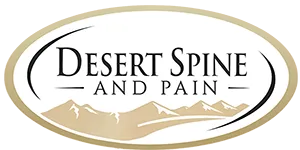
Desert Spine and Pain
Patient Centered & Partner Focused
Quick Links
Resources
Connect With Us
© Desert Spine and Pain. 2025. All Rights Reserved. Sitemap


